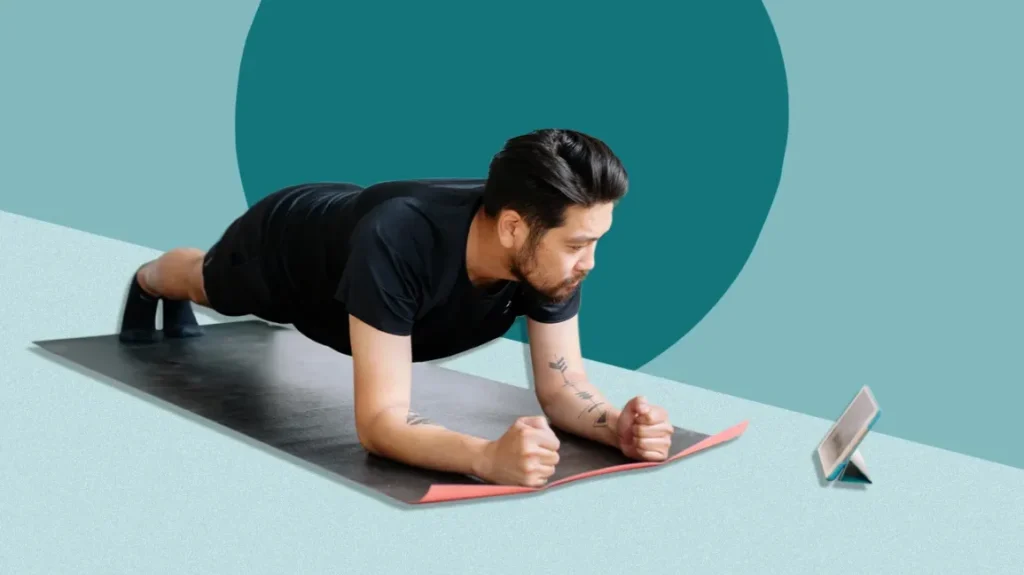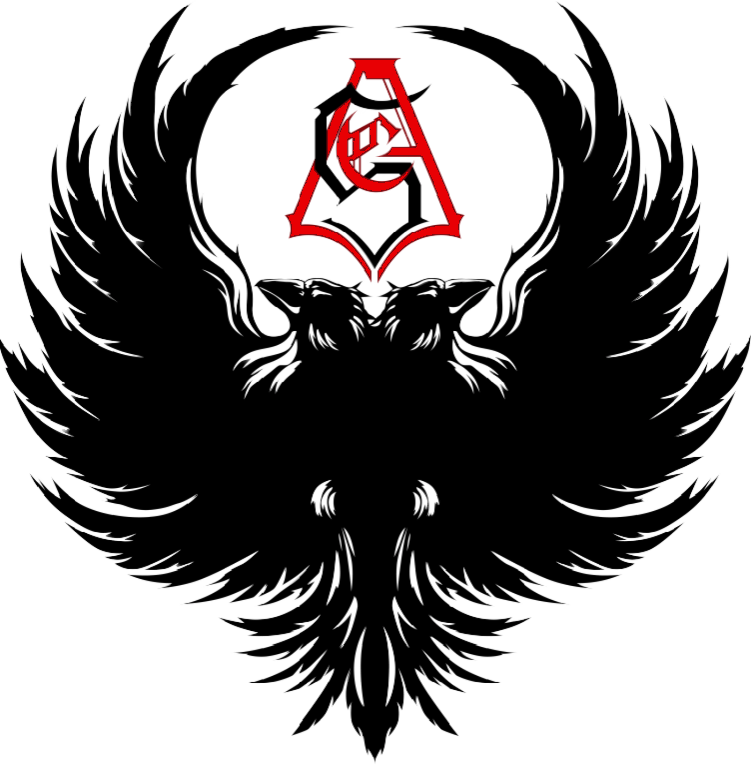While there are fundamentals in martial arts which might be clear and easy to learn,.All those who are concerned about being great martial artists and not mere learners, their training does not end at those basic moves.
It is to master some new complicated poses, become the participant of Grand-Prix competitions, and keep bodily training meeting the Olympic standard that may be all deciding in Martial arts journey of someone.This guide is going to show you the best of the world of martial arts, where you will learn everything from the basic poses to the competitive shape which is necessary for contests and fabulous training regimes for champions.
Importance of Martial Arts Poses
What Are Martial Arts Poses?
The martial arts stances are thought to be more than simple movements – they are the important fundamentals of stability, strength and command. According to the writing, a good stance enables martial-artists to correctly direct energy, control the action patterns and effectively guard or strike.

Basic vs. Advanced Poses
They are basic type of poses, fundamental and recommended for novices. For instance, karate chop or the horse stance are some of popular lessons professionally applied for strengthening the lower body muscles and improving balance. But, for instance, with time martial artists get to next levels of logeni where the positions are more complicated, and need more flexibility, balance and feeling of the body. Kung Fu techniques such as crane stance, Taekwondo movements like axe kick preparation, all require balance, power and control and stability in the abdominal area.
Top Advanced Martial Arts Poses
Talking about the sophisticated positions that give a hint at the existence of a master, one should mention the movements characteristic of Kung Fu, Karate, or Taekwondo, for instance. For instance ‘Crane Stance’ in Kung Fu focuses on balance and concentration, and ‘Kiba dachi’ (Horse Stance) in Karate exemplifies the power and balance posses by a Karate practitioner. Remembering such positions takes time, patience and constant trainings, however, they enable martial arts to compete effectively or defend themselves effectively.
How to Master Advanced Poses
Learning all those complex poses is not very easy – but is possible to achieve with practice. Concentrate on working the central muscles, such as the abdominals, together with back muscle and with or without special exercises such as yoga, pilates or any exercise that mostly targets the body’s midsection. Muscle memory is therefore well cultivated through frequent practice punctuated with elements such as breath control and mindfulness to ensure that these movements are fully programmed into ones neural system.
Martial Arts World Competitions
Overview of Martial Arts World Competitions
Learning all those complex poses is not very easy – but is possible to achieve with practice. Concentrate on working the central muscles, such as the abdominals, together with back muscle and with or without special exercises such as yoga, pilates or any exercise that mostly targets the body’s midsection. Muscle memory is therefore well cultivated through frequent practice punctuated with elements such as breath control and mindfulness to ensure that these movements are fully programmed into ones neural system.
Types of Competitions
Martial arts are diverse because they encompass different techniques of practices and thus different types of competition. Karate and Taekwondo have sparring/kumite and forms/kata with a focus on specifically skilled tradition hand to hand combat solo or in pairs. , and therefore the fighters have to be well trained in numerous methodologies of fighting and these are the abilities on the use of the fists, kicking, ground and submission.
Advanced Techniques Used in Competitions
Professionals in related field are not merely muscle men, they also apply disciplined moves from practice and experiences. There is nothing left to chance when it comes to competitions. For instance, controlling the lower body, upper body positioning and moves and feints can be the deciding factor in a bout. There are higher level tricks which involve spinning kicks, joint locks, and submission holds that are commonly used by Mr. Competitors.
Training for Competitions
It is for this reason competition training is intensive and may last for close to a month or more. Other than practicing physical fitness, competitors require equal practice on mental fitness; they learn how to manage pressure. This is evidenced by the fact that many athletes not only set apart time for muscle building exercises that include strength exercising, but also perform cardio vascular, flexibility drills as well as practices for mental preparation such as visualization and meditation. Diet, sleep, and recovery are to be compared to diet, sleep, and nutrition in terms of their importance.
Advanced Training Techniques
Key Components of Advanced Martial Arts Training
Even more, training advanced training is not only the improvement of techniques but strengthening muscles, and tendons, increasing stamina, and the overall capacity for training without detracting the resilience of the mind. Sportsmen pay much attention to the increase in their explosive power, flexibility, and coordination through plyometric exercise, bodyweight exercise, and equipment.
Strength and Conditioning for Martial Artists
Strenght is an essential constituent of a majority of the martial art moves. Mixed martial artists especially engage in weight training, resistance bands, and bodyweight training in attempts of achieving muscle hypertrophy and endurance. It is common to find dear lift, squats and push-ups as part of the exercise regime for a martial arts trainee.
Mental Training and Focus
Cognitive workout is not considered very important but is very relevant in the actual process of learning the complicated skills. Some of the ways that martial artists keep their minds clear are by using meditation, or visualization, and other breathing exercises.
Specialized Equipment and Tools
Skills training is also done with advanced equipment to fulfil the training section. Equipment that enhance martial artists strikes, speed, and reaction include focus mitts, heavy bags and resistance bands.
Training Routines from World-Class Martial Artists
Observe the training patterns of the best Martial Artists in the world and what you get is discipline, dedication and flexibility. For instance, Bruce Lee personally trained in weight training, aerobic exercises, flexibility exercises and skill development exercises with an intention of getting into the best shape. Chasing such routines are beneficial in making the would be martial artists achieve their dream.
When exploring advanced martial arts techniques, it’s fascinating to see how different regions incorporate their own styles. For instance, the American martial arts scene offers a unique blend of traditional techniques and modern innovation.
The Role of Technology in Modern Martial Arts Training
Tech-Driven Training Enhancements
Categorized Based on Technology Intervention: Today’s technological world makes the fitness of those martial artists more effective with the help of wear able, AI Training tools & Apps. Technologies such as remote heart monitors as well as motion sensors are useful in giving the athletes important information so that they can fine-tune themselves.
Virtual Competitions and Online Training Programs
честные казино с быстрыми выплатами
бездепозитные бонусы казино
играть в лучшем казино на деньги
база казино с бездепозитным бонусом
онлайн казино России
casino oyunu
After the outbreak of the Covid-19 pandemic, virtual training programs and competitions have emerged as most common. One cannot engage in physical combat as it has been allowed for martial artists to perform online tours or to attend the training sessions virtually, they can do so from anywhere in the world.

Conclusion
Unlike most of the other combat sports, the performance of the most complex martial art moves, need hard work, discipline, stamina, rigorous training and the desire to learn. Regardless if one seeks self-improvement, a championship martial arts pose, or preparation for competition at the world class level, this is no easy path the requires dedication and focus. Thus if you want to take it really seriously, then keep training, keep sparring, and keep polishing the techniques. But after a certain period of time, you will manage to learn even complex martial arts moves.






